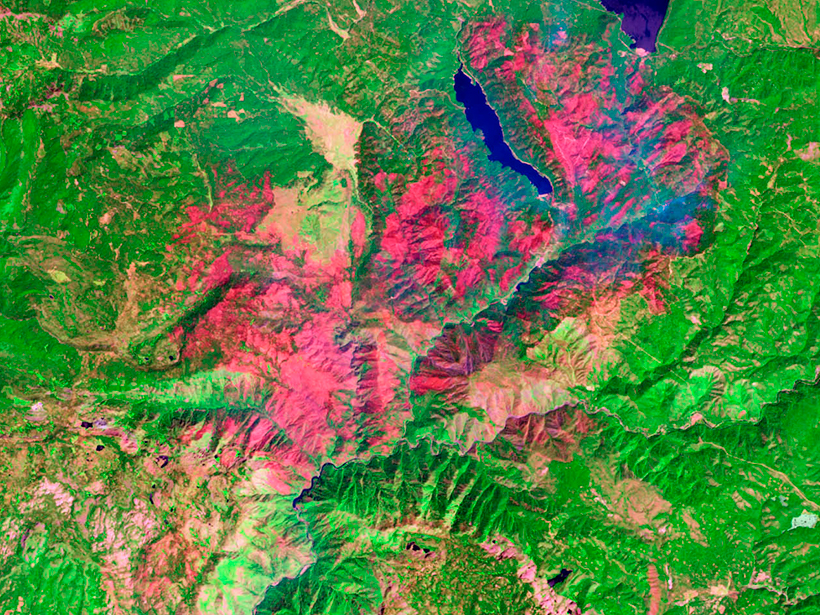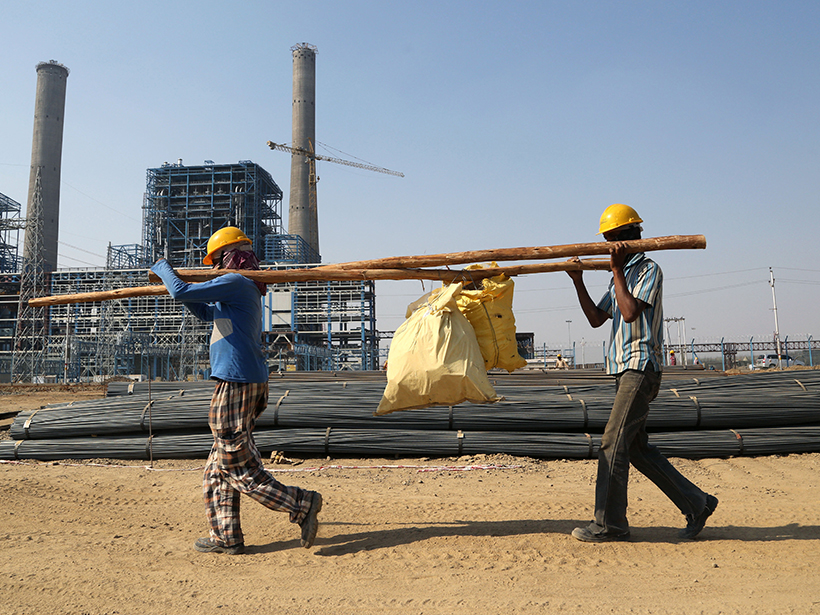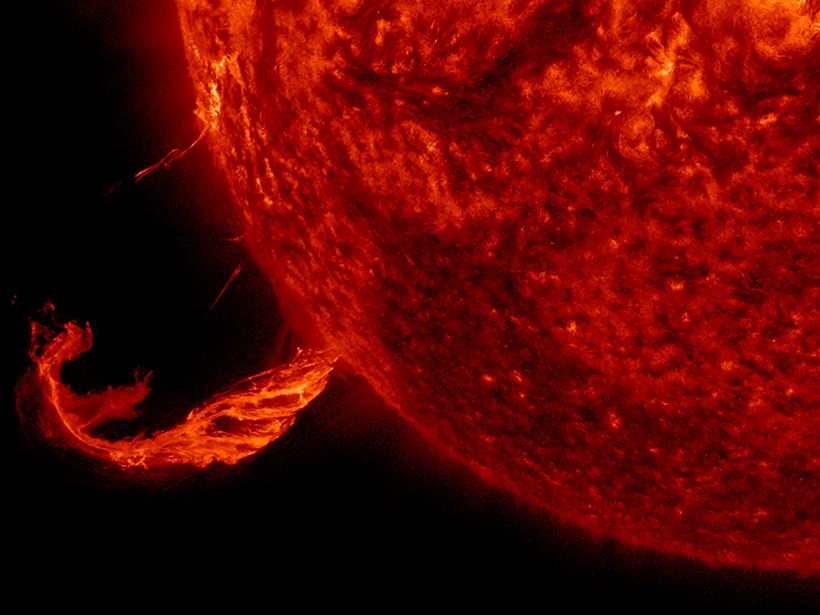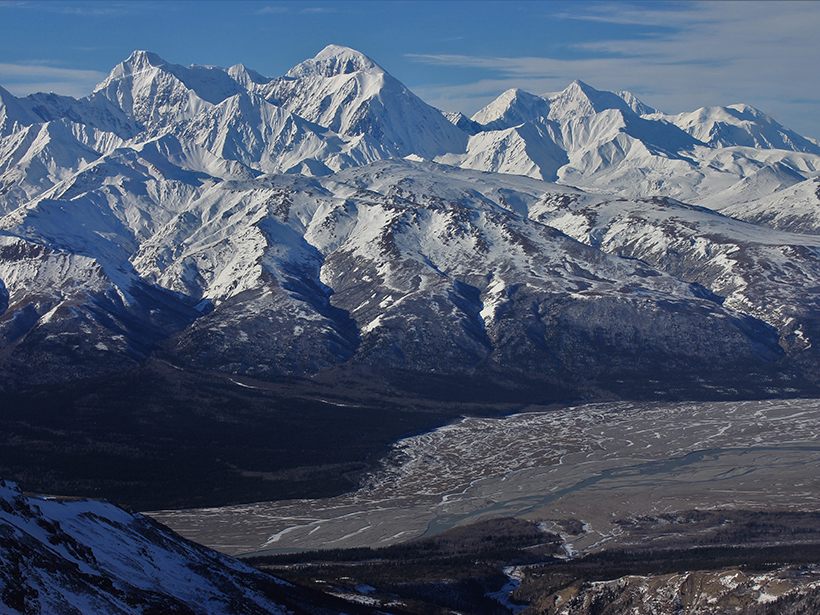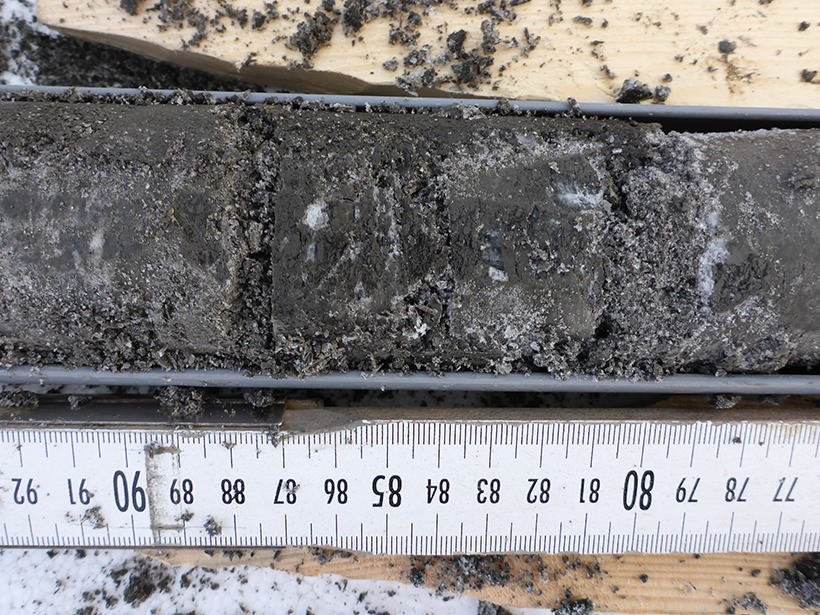As fires become more prevalent in California, researchers work to create a profile of the charred carbon left behind.
Research Spotlights
Research spotlights are plain-language summaries of recent articles published in AGU’s suite of 24 journals.
Juno Gets Spectacular View of Jupiter’s Aurora
The NASA spacecraft has taken images of Jupiter’s powerful aurora dancing around its poles, revealing never-before-seen details in their structure.
India’s Plans for Coal Clash with Paris Agreement
India’s proposed coal plants threaten to lock out its low-emission energy goals under the international climate accord.
Mystery of the Ionosphere’s “Gyro Line” Solved
A new study provides an updated hypothesis to describe a unique radar signature from plasma waves high above Earth, correcting errors that had stood for decades.
Federal Space Weather Research Could Improve Hazard Preparation
Researchers outline the history of the U.S. government’s involvement in space weather research, from before World War II, through the Space Race, and beyond.
Why Are Arctic Rivers Rising in Winter?
Increased glacial melt is boosting winter streamflows by filling aquifers, a new study on an Alaskan river suggests.
When Ice and Lightning Align
A new technique can remotely sense strong electrical fields within storm clouds.
Microbes May Thrive in Subsea Permafrost Long After Flooding
Two cores from the East Siberian Arctic Shelf reveal how microbial communities develop over thousands of years as submarine permafrost slowly thaws.
Deciphering Deluges
New modeling approach reexamines two key assumptions about flooding.
Detecting Gas Leaks with Autonomous Underwater Vehicles
A Norwegian team develops an improved, cost-effective method to detect chemical discharges under the sea.

